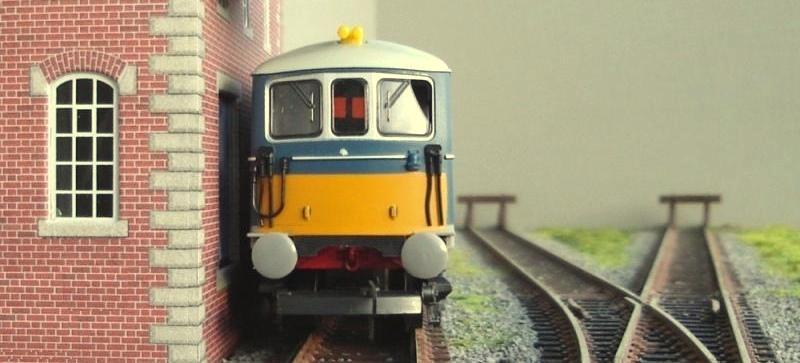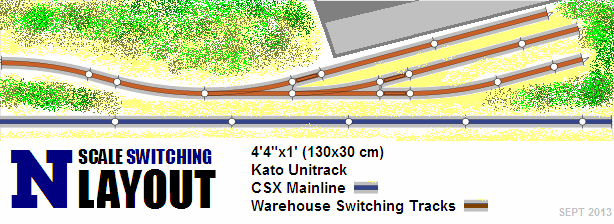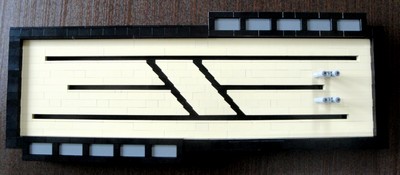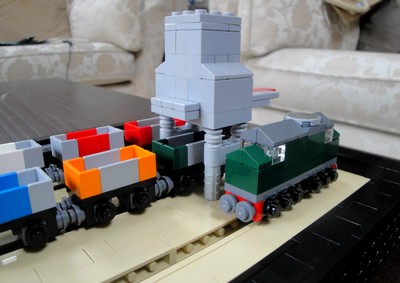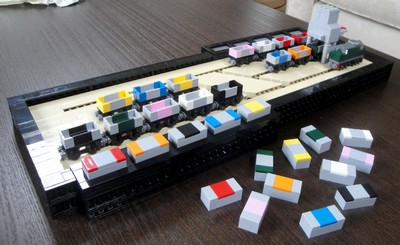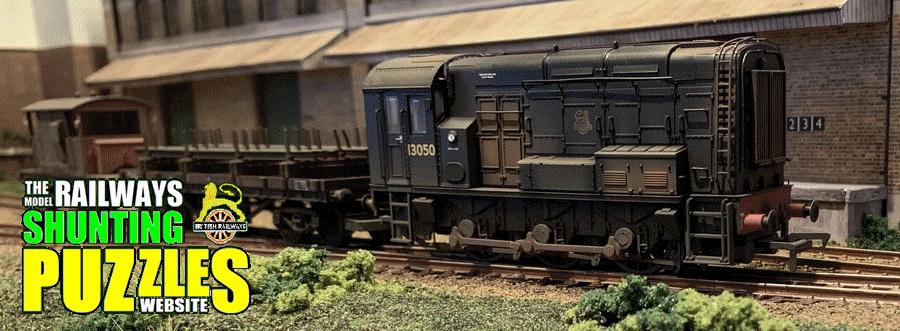INGLENOOK
SIDINGS |
|||
| If you are interested to see
what other modellers have made of the Inglenook Sidings
concept - Google (or the web search tool you trust) is
your friend and will most likely provide you with more
than you will ever need or want; a search for Inglenook
Sidings layout in March 2016 came up with 16,100
hits. In browsing the web you will find that a good many modellers have actually stuck with the "classic" Inglenook formula - the geographical setting, the era, the amount of scenery and the level of detail will vary, but you will instantly recognize the three sidings setting. One of the main reasons for this is precisely that it is a proven formula - from an operational point of view there is no need to change anything. Plus: the track layout is so versatile that any individual creativity is best expressed in the setting and the surroundings. Another really nice thing about the classic Inglenook Sidings formula is that it is so simple that you can actually set it up in no time as a temporary layout on a rainy Sunday afternoon (much the same way you would get out the Monopoly game board) using pieces of set-track (i.e. the "snap together" type that comes with any train set). |
|||
|
|||
| And finally, the classic Inglenook Sidings layout is also available for virtual railroading in many incarnations - such as this early example by Terry Franks (TaF Web) who created a faithful reproduction for the railway simulation Trainz. | |||

